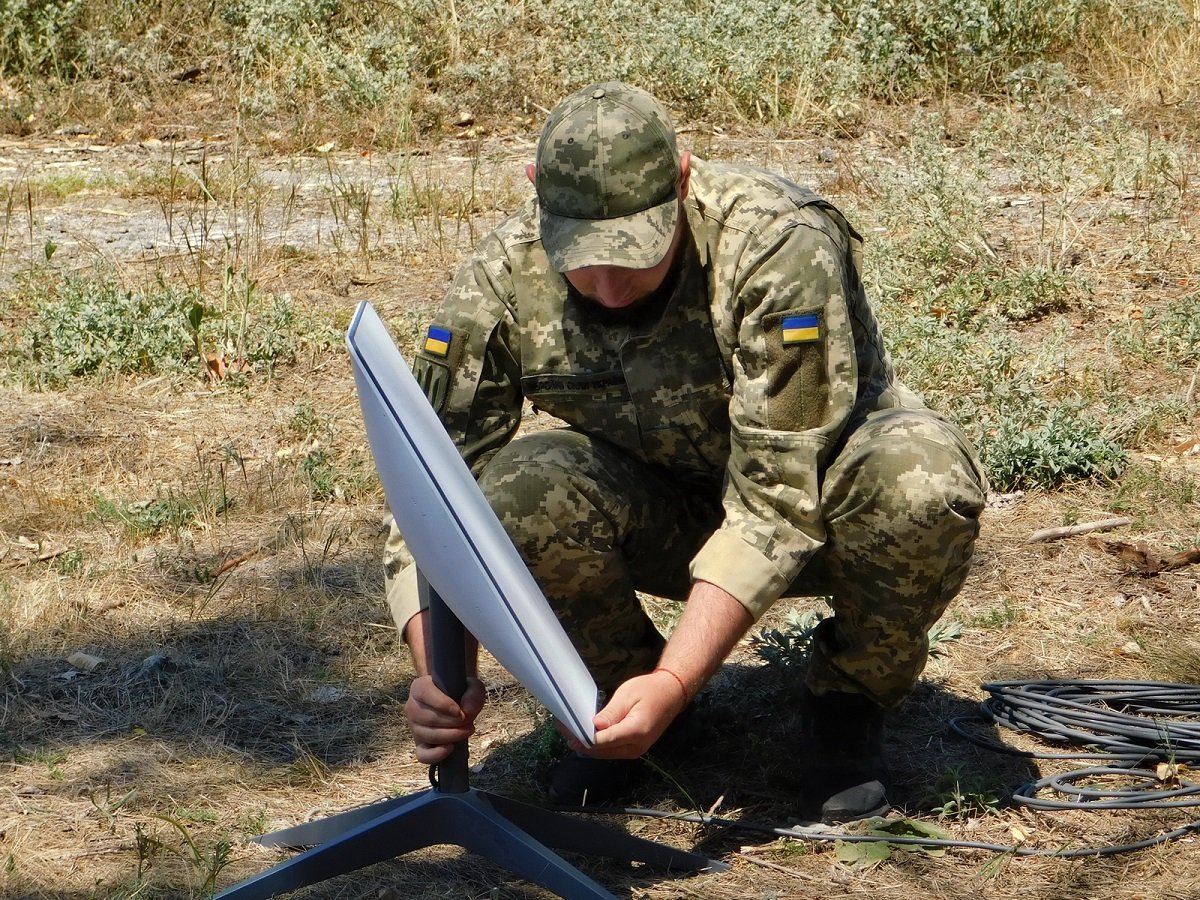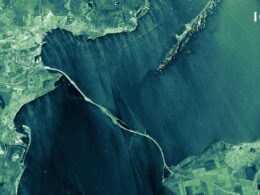“No matter how much I disagree with the Ukraine policy, Starlink will never turn off its terminals,” Musk posted on X, claiming that without it, Ukraine’s “entire front line would collapse.”
Despite Musk's claims, the European Union sought backup options for Ukraine's satellite communications. Eutelsat positioned itself as an alternative to reduce Kyiv's vulnerability.
Working with Starlink "is a dependence that can be decided in the White House or [Trump's private residence] Mar-a-Lago," Eutelsat CEO told Politico. "It's good to have multiple options."
Eutelsat discussed funding with the EU to deploy more ground terminals and potentially launch additional satellites. The Financial Times reported that EU governments were in talks with other three satellite providers to replace SpaceX’s Starlink.
"Discussions are indeed ongoing at [the] EU level, with our member states and with the industry," European Commission spokesperson Thomas Regnier confirmed.
However, industry experts caution that European satellite networks cannot match Starlink’s capabilities.
Of the European alternatives, Franco-British operator Eutelsat/OneWeb stood out as the most promising.
CEO Eva Berneke said later that “reaching Starlink’s level of deployment would take a couple of months, not years.”
In mid-December, the EU also unveiled plans for the IRIS² satellite network, set to launch by 2027 with initial government services in 2030.
However, Eutelsat is among the contributors to IRIS² funding.
The EU continues development of IRIS², a sovereign satellite constellation to compete with Starlink. However, this system faced delays and cost overruns. It will not become operational until the early 2030s, Politico reported.
Why Starlink is vital for Ukraine's defense against Russia
Starlink terminals arrived in Ukraine two days into Russia’s full-scale invasion in 2022. Musk sent thousands to restore connectivity after Russia’s offensive and cyberattacks crippled Ukraine’s communications in the early days of the war.
Initially funded by SpaceX, the US Department of Defense took over the cost of Starlink operations in Ukraine in July 2023 – the move Isaacson related to Musk’s desire to distance himself from the responsibility for the war.
Starlink’s low-Earth-orbit satellites has become essential infrastructure for Ukrainian forces fighting Russia. Starlink keeps Ukraine’s military, aid organizations, and 150,000 civilians connected, even in areas devastated by missile strikes and Russia’s power grid attacks.
The communication system operates approximately 7,000 satellites compared to Eutelsat's 600. The country had about 50,000 terminal kits in Ukraine last year.
Experts warn that cutting off Starlink could cripple military communications and frontline coordination, leaving Ukrainian forces vulnerable.
“Everything related to control, surveillance, and inflicting fire damage – whether by drops or correction – requires Starlink or any other type of reliable communication,” said a military unit representative.
Lyuba Shipovich cautions that cutting off Starlink risks disrupting operational coordination, leaving Ukrainian infantry vulnerable on the frontlines.
“The lowest tactical level will be most critically affected by the lack of streams. This would blind our army, which means more attacks on infantry,” she said.
At the strategic level, it could lead to setbacks in key areas and weaken Ukraine’s negotiating position in peace talks with Russia.
“In the short term, there could be a failure at the front, which would consequently impact decisions at the military-political command level, cooperation with allies, and ceasefire negotiations,” she added.






